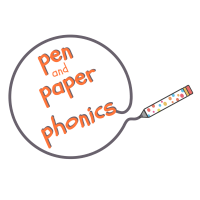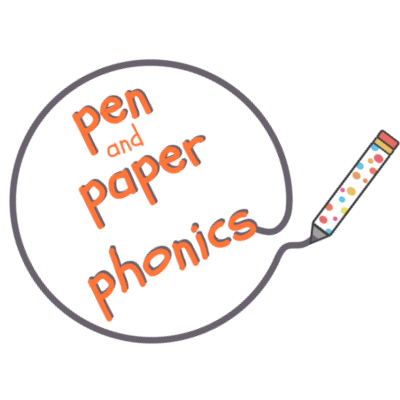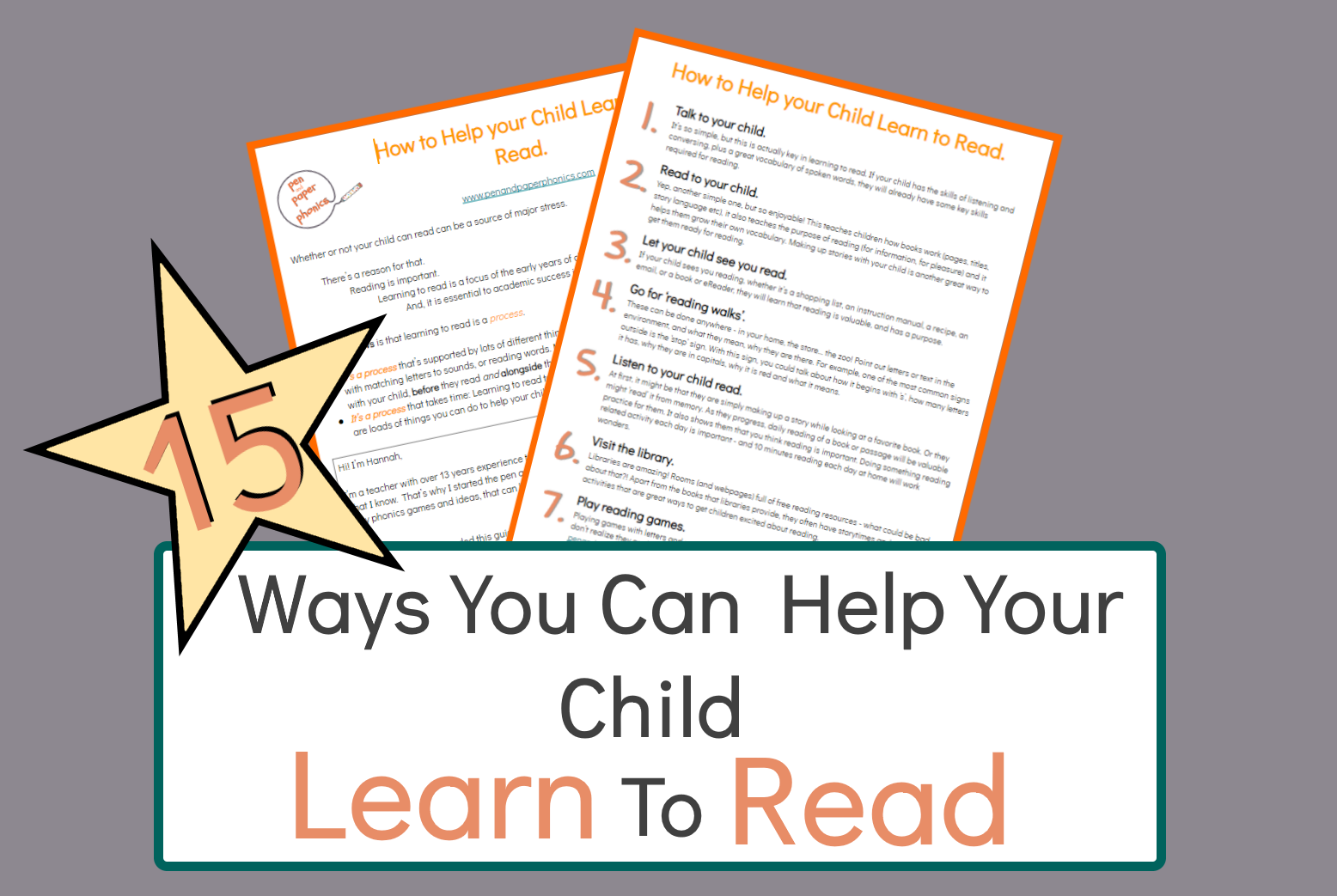
This ‘ck’ Flip Flap Activity involves reading words containing the ‘ck’ digraph. The letters ‘ck’ make the /k/ sound. ‘ck’ is most often the spelling choice for the /k/ sound at the end of a word.
There is also an easy to remember rule that helps to learn this spelling: ‘ck’ comes at the end of a word, right after one short vowel is heard.
Using a flip flap is a great, multi sensory way to introduce or practice the ‘ck’ spelling, or any digraph.
‘ck’ Flip Flap Activity:
What you will need:

- Small pieces of card or paper, with a hole punched through the top,
- A large piece of thicker card, the length of three of the smaller cards, with three holes punched along the top at an equal distance,
- Three treasury tags, book rings or pieces of string (book rings work best),
- A pen,
- A list of words ending with ‘ck’ (you can scroll to the bottom of this post for a list of ‘ck’ words).
How to make a ‘ck’ flip flap card:

- Write ‘ck’ on one small piece of card. Attach it with a book ring, to the third hole on the piece of card.
- Write the vowel /a/ on another piece of card and attach it to the middle hole on the larger piece of card.
- Write the beginning letters from the words you have chosen on pieces of card and attach them to the first hole on the larger piece of card.
How to play:
- Start with all the flashcards flipped over, so that the first word is visible.
- Remind your child of the sound ‘ck’ and draw attention to where the ‘ck’ is on the flip flap.
- Read the first word,
- Flip over the first card to make a new word, and read that word. After a few turns, your child might want to take over and flip the cards themselves to read the words.
- After the words have been read, go back over them all and draw attention to the fact that the ‘a’ vowel is always saying its sound. In other words it is ‘short’. Teach that each time there is a short ‘a’ followed by the /k/ sound, the ‘ck’ spelling is used.
- Finally, ask your child if they can ‘make’ words as you read them – for example, “Can you make ‘back’?” Your child flips the cards until they have the letters in the word ‘back’.
- When this activity gets familiar, you can adapt it. For example, add the vowel ‘o’ to the middle flap, as well as some more beginning sounds, and play the game again.


Is this ‘ck’ Flip Flap Activity right for your child?
Sometimes it can be difficult to know if an activity will be helpful for your child or student. For this activity, the questions below might help:
- Can they match all the letters in the alphabet to sounds?
- Are they learning about digraphs, or ‘two letter’ sounds?
- Can they sound out simple three letter words to read?
If the answer is ‘yes’, then this is a great activity, to teach or reinforce words ending in ‘ck’.
To Note:
Not every game or activity goes to plan! Here are some things to watch out for in this ‘ck’ flip flap activity:
- It requires a bit of preparation. This is definitely a resource you can use over and over again – once it is made. I made a more permanent one using the cardboard from some furniture packaging. This increased the prep time, but I use it all the time.
- You have to be careful which words you choose. Obviously, as in a lot of phonics games, it’s possible to make some words that aren’t appropriate. There is an increased danger of doing this in this game, so you just need to be aware of what letters you are putting on the ‘flip flap’ board.
- You might make nonsense words. This is more likely to happen when you increase the vowels and consonants you have on your ‘flip flap’. Nonsense words can be confusing for your child if they are not very confident in sounding out yet. It adds an extra layer to the reading process, as often the reader tries to change what they have read so that it makes sense. However if your child is confident in sounding out, then trying out different words to see if they are real or nonsense words can be a fun activity.
How to Adapt:
You can:
- As mentioned above, use different vowels in the middle of the word. This activity uses words with ‘a’ in the middle, but if you added more vowels, you can make more words.

- Use words with blends or digraphs at the beginning, for example ‘black’. You will need an extra column on your ‘flip flap’ if you use words with blends.


Here’s how it looked when I did it in ‘real life’!

Resources
Check out www.ictgames.com/literacy for some great online games, like this Sound Buttons one.


